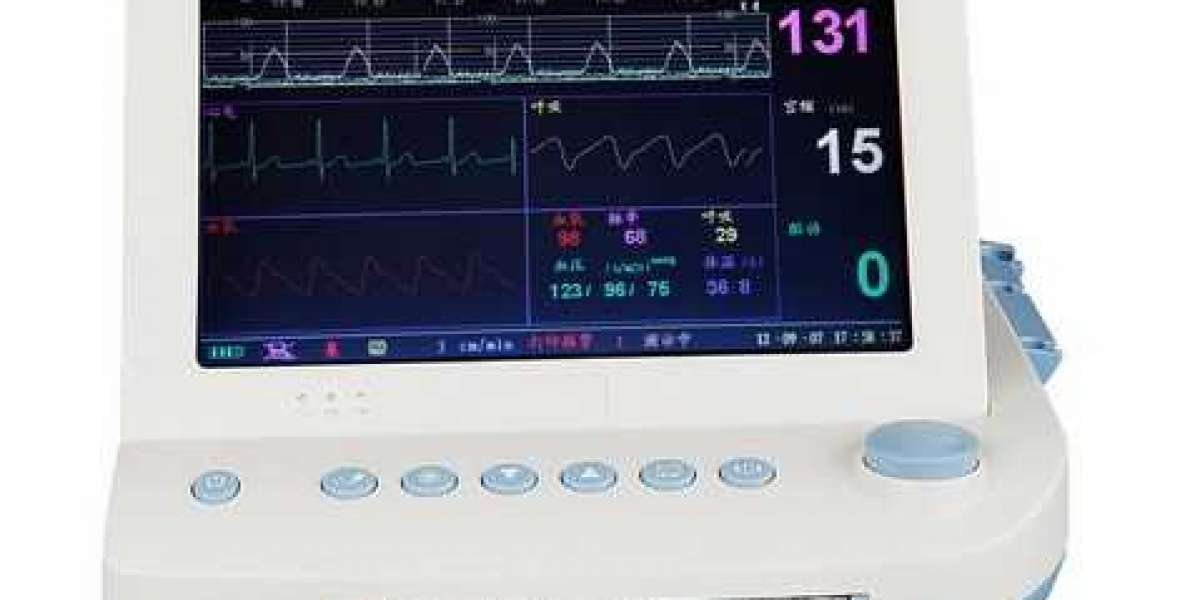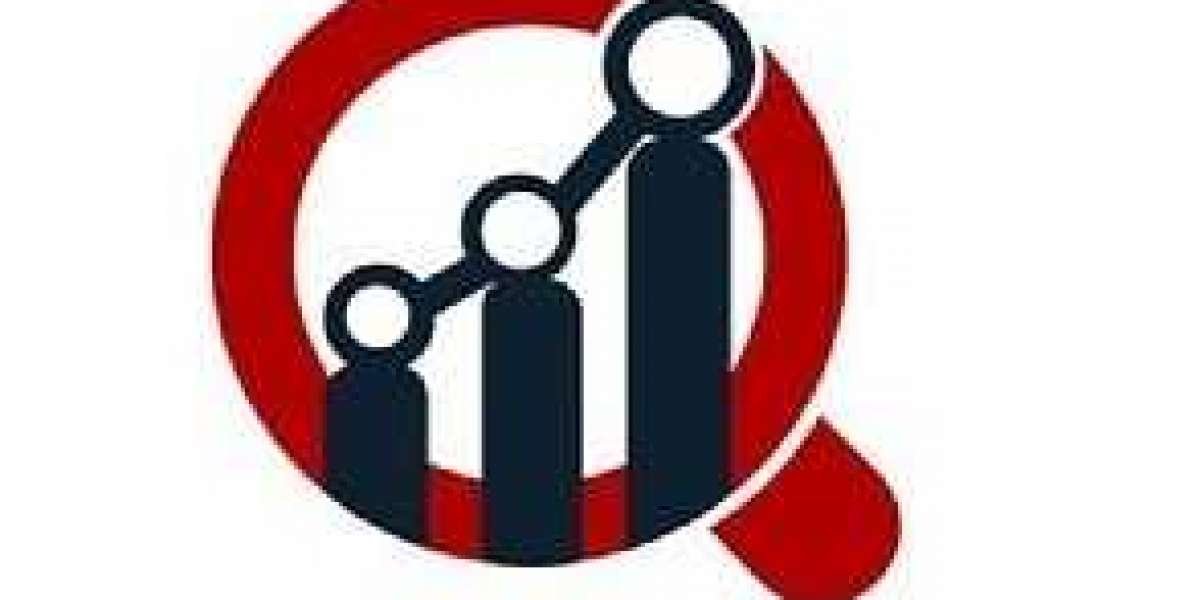The use of remote patient monitoring technology for patients with high blood pressure is highly likely to be beneficial. Patients with high blood pressure are highly likely to benefit from home monitoring and care management.
The 29th of November in the year 2021 will be observed. When developing remote portable patient monitor (RPM) programs to assist patients with chronic diseases, healthcare organizations will look for ways to identify populations that are most likely to benefit from home monitoring and care management services, according to the National Institutes of Health. Patients with high blood pressure are one example of this group of people.
Patients with a history of hypertension or prehypertension can be targeted by an RPM program, which can improve clinical outcomes while also reducing the need for costly treatments. As defined by the American Heart Association (AHA), people with high systolic blood pressure (SBP) and/or low diastolic blood pressure (DBP) are considered to have high blood pressure. Patients with manageable conditions who are enrolled in a program that allows for regular monitoring have a better chance of being identified and treated earlier, before the condition progresses to the point where hospitalization is necessary.
Create a basic RPM program as the first step in the process.
Effective care management plans frequently include routine monitoring of blood pressure and pulse readings on a daily basis, in addition to prescription medication. As part of the RPM program, qualified patient monitors are provided with a wireless blood pressure monitor, which allows patients to take daily readings and transmit that information to their health-care team. Members of the care team, with the cooperation of the patients, ensure that readings are taken at specific times (for example, first thing in the morning, last thing at night, after exercise). Based on the results of the readings, the care team can then make any necessary adjustments to the medication regimen for the patient.

In addition, providers must establish a baseline for the data they collect from their clients and customers. In order to establish a baseline, it is necessary to do more than simply inform the patient monitor of what his or her blood pressure readings should be; it is also necessary to determine what constitutes a normal reading for that particular patient. In order to compare results, a few different readings taken throughout the day, while the patient is going about her business, serve as a baseline. After engaging in strenuous exercise or stressful activities, a few additional readings will reveal to the provider how the patient's cardiac activity is affecting him- or herself.
In the course of this collaboration, a provider and a patient monitoring system will develop a routine for taking blood pressure readings at appropriate times throughout the day that is both efficient and effective. To map the trends in a patient's blood pressure, which will allow care providers to develop the most effective care management plan for that patient in order to keep their blood pressure under control for the longest period of time possible. The information will also allow them to recognize trends and determine when treatment needs to be adjusted by health-care professionals.
Because it makes the task of patient monitoring more manageable, the use of a reporting dashboard can be beneficial to healthcare providers in a variety of ways. As the healthcare industry transitions from episodic to longitudinal care, the availability of such tools is critical for patients and providers alike. For example, longitudinal care tools can assist patients throughout their healthcare journey while also enabling providers to identify trends and opportunities for timely interventions.



